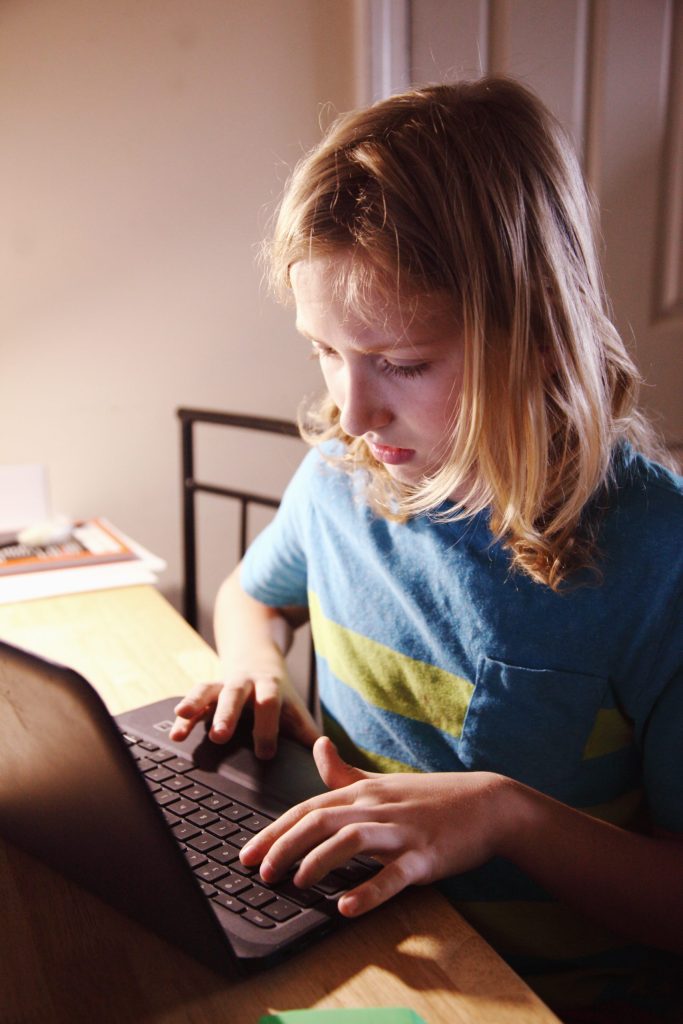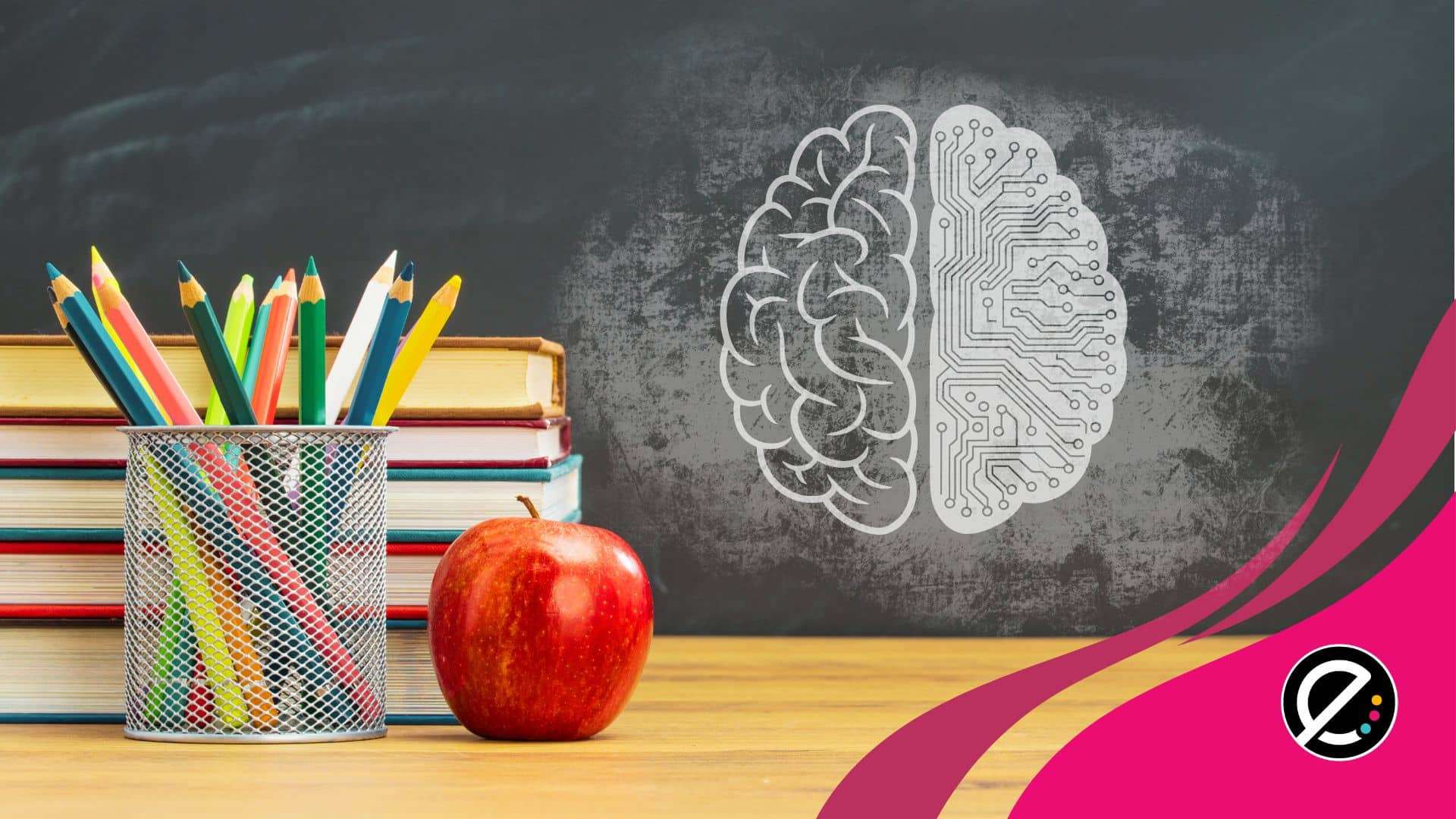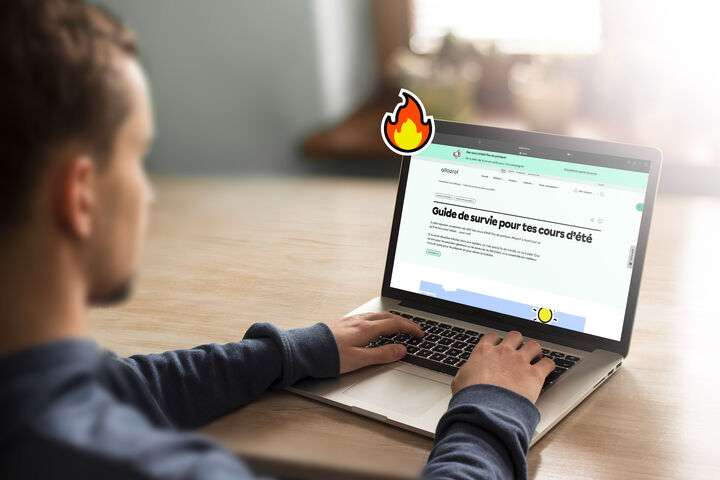Afin de rendre le contenu pédagogique accessible au plus grand nombre d’élèves, qu’ils aient des difficultés d’apprentissage ou non, le concept de multimodalité s’impose. Cela signifie que le matériel sera offert sous différentes formes : écrites, orales, imagées, etc.
Jean Chouinard, conseiller au service national du RÉCIT en adaptation scolaire, a présenté de nombreux exemples de contenu pédagogique multimodal au cours d’un midi conférence présenté par l’Association Edteq à la fin mai.
D’entrée de jeu, M. Chouinard a rappelé que les contenus pédagogiques accessibles sont appropriés pour l’ensemble des élèves (avec ou sans difficulté). Ils servent à bonifier, améliorer, soutenir la capacité à. Ils peuvent aussi servir à pallier, contourner, compenser des difficultés ou des incapacités à. Dans tous les cas, ils permettent de lire, comprendre, écrire, produire, traiter ou interagir.
Une ressource est accessible lorsqu’elle est disponible et exploitable par le plus grand nombre d’élève, incluant les élèves ayant des difficultés marquées ou des incapacités avec ou sans le recours à leurs fonctions d’aide à la lecture et à l’écriture.
Au cours de sa présentation, M. Chouinard a d’ailleurs tenu à rappeler aux éditeurs de ressources éducatives l’importance de penser à l’accessibilité dès la conception de nouvelles ressources. « Oui, il est possible de les adapter après, mais il est toujours plus simple lorsque la ressource a été pensée pour être accessible », a-t-il dit.
Papier vs numérique
Pendant longtemps, le papier a été l’unique matériau utilisé pour la production et la diffusion de ressources éducatives. On n’a qu’à penser aux fameux cahiers d’exercices.
Mais pourquoi produire un format numérique? Tout simplement parce que le papier a ses limites et qu’il ne convient pas à environ 20 % des élèves, a soutenu M. Chouinard. Pour ces élèves, le numérique devient une substitution au papier.
Le papier offre du contenu textes et images, statique, non-modifiable et non interactif, alors que le numérique offre des possibilités de bonification par le son, l’animation, la vidéo, etc.
La multimodalité dans le numérique
D’ailleurs, lorsqu’on pense numérique, il faut penser plus loin que le traditionnel PDF, qui est devenu « un vieux format du numérique », une pâle copie du papier. De fait, le format numérique permet d’aller beaucoup plus loin puisqu’il offre des possibilités de multimodialité donnant « des portes d’entrée afin d’améliorer la capacité des élèves à s’approprier le contenu à apprendre ».
Ainsi, le numérique permet de recourir à des fonctions d’aide pour traiter l’information (lecture, prédiction de mots, etc.), mais aussi d’exploiter simultanément ou en juxtaposition différentes modalités (texte, images, son, vidéo, etc) pour soutenir l’apprentissage. Par exemple, une séquence vidéo comprend des images animées, une gestuelle et des sons, les trois étant livrés ensemble.
On peut penser à une histoire qu’on peut lire ou se faire lire. En format numérique, si on choisit de se la faire lire, on peut simplement écouter la voix, mais il est possible d’ajouter un curseur qui suit la lecture. Des images peuvent aussi être utilisées pour illustrer l’histoire et contribuer à la compréhension.
Des exemples
M. Chouinard a terminé son exposé en présentant de nombreuses ressources qui illustrent son propos. Nous vous en présentons quelques-unes ici :
- Création d’un ensemble de 5 oeuvres littéraires numériques multimodales pour des élèves adolescents, présentant une déficience intellectuelle de moyenne à sévère;
- Un lexique pour l’apprentissage et l’enseignement des élèves sourds;
- Adaptation d’oeuvres littéraires par la synthèse vidéo pour soutenir la lecture des élèves ayant une déficience auditive;
- La peinture accessible aux élèves aveugles par impression 3D;
- La photographie accessible aux élèves aveugles par impression 3D;
- La réalité virtuelle pour faciliter la réalisation de tâches en contexte de stage par l’élève ayant un trouble du spectre de l’autisme (TSA);
- La réalité virtuelle en histoire: immersion multisensorielle et découverte de son mode d’apprentissage.
En complément : consultez le site Web du service national du RÉCIT en adaptation scolaire
Le sujet de l’éducation inclusive vous intéresse? Avez-vous téléchargé notre numéro spécial hors série gratuit (format numérique) sur le sujet? C’est par ici!






